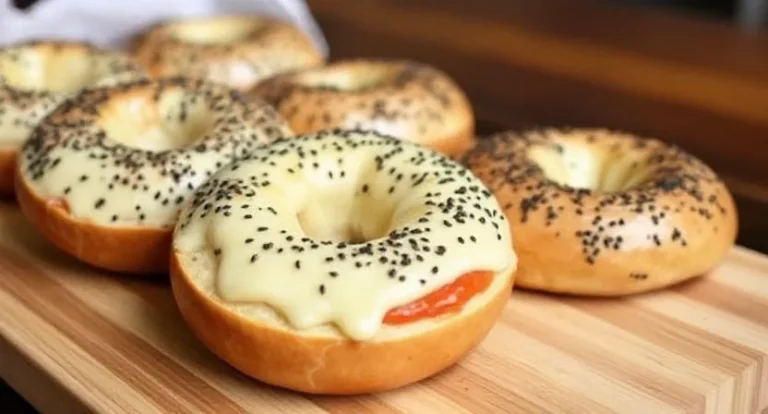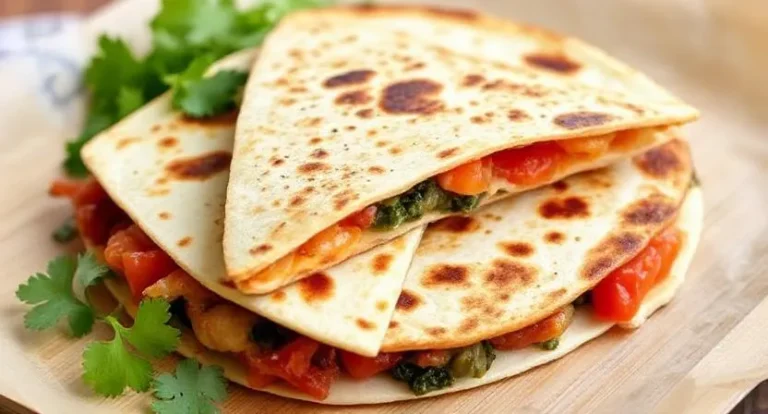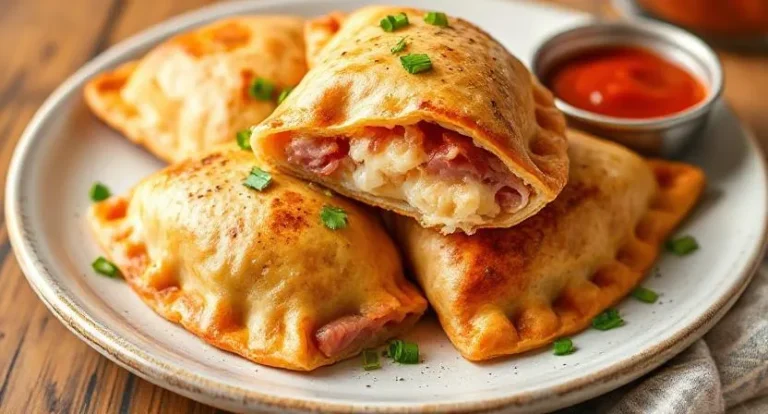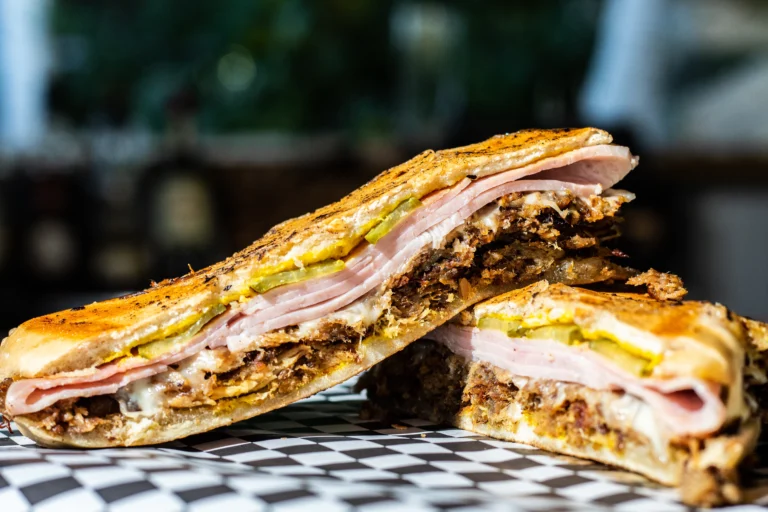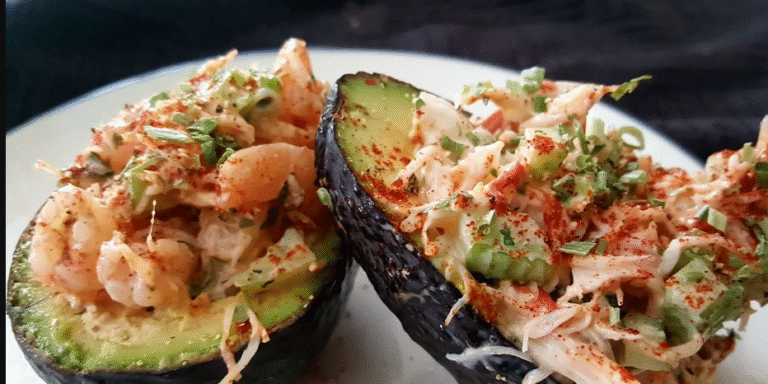Vegetable Spring Rolls
Vegetable Spring Rolls, a celebrated appetizer across global tables, hold a special reverence in Asian culinary traditions. These golden, crackling bundles cradle a vibrant medley of fresh vegetables—and at times, delicate noodles—capturing a carnival of textures and flavors in each bite. Born from the festive spirit of China’s Spring Festival, these rolls originally symbolized prosperity and rejuvenation. Today, they have transcended borders, becoming a beloved staple cherished for their adaptability and cheerful charm.
Their magic lies not just in their irresistible crunch, but in their boundless versatility. Whether savored as an appetizer, a midday snack, or even the centerpiece of a casual meal, Vegetable Spring Rolls have an undeniable way of bringing zest to any occasion.
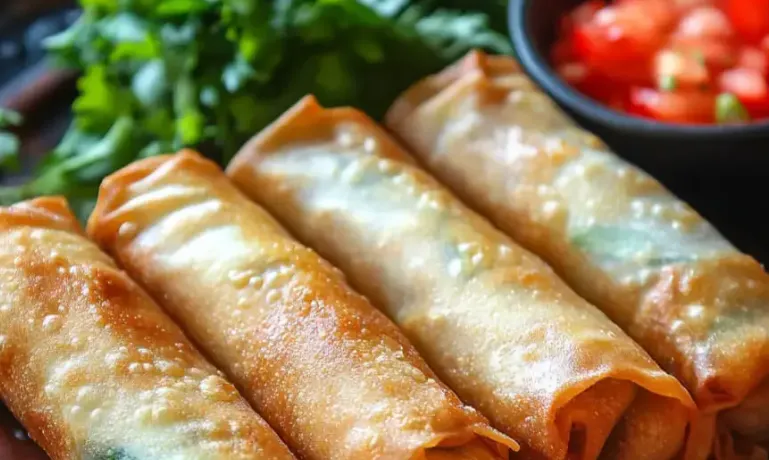
What Makes Vegetable Spring Rolls Special
The allure of Vegetable Spring Rolls is woven through their masterful play on texture and taste. The brittle snap of the wrapper gives way to a tender, aromatic filling, offering a satisfying sensory experience. While recipes flex to accommodate personal and regional tastes, traditional fillings often dance with cabbage, carrots, and earthy mushrooms. The choice between delicate rice paper and hearty wheat wrappers offers further room for personalization.
The technique of wrapping and cooking plays a crucial role. Proper rolling ensures structural integrity, while a quick, hot fry transforms each roll into a golden marvel—crisp, but never oily. This meticulous approach elevates the humble vegetable spring roll into a miniature work of culinary art.
What You’ll Need for Vegetable Spring Rolls
- 8 rice paper wrappers or spring roll wrappers
- 1 cup shredded cabbage
- 1 cup grated carrots
- ½ cup sliced bell peppers (any color)
- ½ cup sliced shiitake mushrooms
- ¼ cup bean sprouts
- 3 tablespoons soy sauce
- 1 tablespoon sesame oil
- 1 clove garlic, minced
- 1 teaspoon ginger, finely grated
- Vegetable oil for frying
- Salt and black pepper to taste
- Small bowl of water (for sealing)
How to Make Vegetable Spring Rolls
Step 1: Prepare the Filling
Heat sesame oil in a broad skillet over medium-high heat. Toss in the minced garlic and grated ginger, sautéing until their aromas perfume the air—about 30 seconds. Stir in the cabbage, carrots, bell peppers, and mushrooms, cooking for 4–5 minutes until just tender but still vibrant. Add soy sauce, bean sprouts, and season with salt and pepper. Mix thoroughly, then remove from heat and let the filling cool slightly.
Step 2: Prepare the Wrappers
For rice paper wrappers, briefly immerse each sheet in warm water until softened but still resilient. Avoid over-soaking. If using wheat wrappers, keep them under a damp cloth to maintain flexibility during use.
Step 3: Rolling the Spring Rolls
Place a wrapper flat on a clean surface. Spoon 2 tablespoons of the vegetable mixture onto the lower third. Fold the bottom up over the filling, tuck in the sides, and roll snugly. Seal the edge with a dab of water. Repeat until all filling and wrappers are used.
Step 4: Cook the Spring Rolls
Heat enough vegetable oil in a large skillet to cover the bottom. Once shimmering, gently place the rolls seam-side down. Fry, turning occasionally, until each roll is burnished with a deep golden hue—about 4–5 minutes. Transfer to paper towels to wick away excess oil. For a lighter version, bake at 400°F (200°C) for 15–20 minutes, flipping once midway.
Step 5: Serving
Serve piping hot alongside your favorite dipping sauces—soy sauce, sweet chili, or a zesty sriracha blend. Relish the crackling crunch and the fresh burst within.
Times, Calories & Servings
- Preparation Time: 30 minutes
- Cooking Time: 10–15 minutes
- Total Time: 40–45 minutes
- Calories: 80–100 per roll (depending on ingredients and method)
- Servings: Yields 8 spring rolls
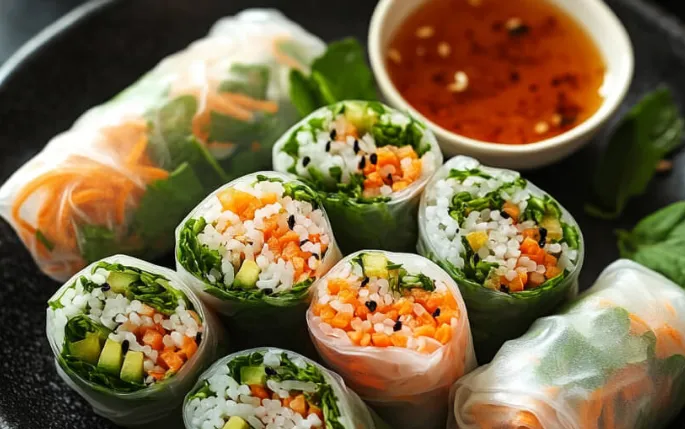
How to Store Vegetable Spring Rolls
While best enjoyed fresh, leftover spring rolls can be preserved thoughtfully. Let them cool completely before storing them in an airtight container in the refrigerator for up to two days. To revive their crispness, reheat in an oven at 350°F (175°C) for about 10 minutes. Microwaving is discouraged, as it tends to wilt the wrapper.
For make-ahead magic, assemble but do not cook. Freeze the uncooked rolls on a baking sheet until solid, then transfer them to a freezer bag. Fry or bake straight from frozen, adding a few extra minutes to the cooking time.
Tips for Perfect Vegetable Spring Rolls
Creating impeccable vegetable spring rolls is an art—one made easier with these simple strategies:
- Filling Finesse: Julienne vegetables finely for even cooking and better layering. Traditional blends of cabbage, carrots, and sprouts are classic, but adventurous additions like avocado or mango add a vibrant twist.
- Moisture Management: After rinsing vegetables, dry them thoroughly. Sautéing the filling lightly also helps shed excess moisture, ensuring crisp, un-soggy rolls.
- Rolling Ritual: Roll tightly but gently. A small brush of water or egg wash along the edges seals the deal.
- Frying Wisdom: Maintain oil at 350°F (175°C). Drain immediately on absorbent paper towels post-frying to preserve their shattering crispness.
- Creative Flourishes: Toss in herbs like mint or cilantro, or sprinkle sesame seeds into the mix for added character.
The Best Variations of Vegetable Spring Rolls
- Vegan Spring Rolls: Swap out any fish sauce for tamari or soy sauce; add tofu or tempeh for a protein boost.
- Gluten-Free Spring Rolls: Stick to rice paper wrappers and certified gluten-free sauces.
- Spicy Spring Rolls: Sneak in minced chilies or a dab of sriracha into the filling for a fiery jolt.
- Fusion Spring Rolls: Experiment with unorthodox fillings like cream cheese, jalapeños, or a sprinkle of curry powder.
- Low-Carb Spring Rolls: Skip noodles; embrace spiralized zucchini or lettuce for a refreshing low-carb option.
What to Serve with Vegetable Spring Rolls
- Side Dishes: A bowl of miso soup or a bright cucumber salad pairs exquisitely with the rolls’ crispy profile.
- Dipping Sauces: Mix and match—classic soy, tangy sweet chili, or a nutty peanut sauce.
- Refreshments: Ice-cold jasmine tea or cucumber mint lemonade makes for the perfect cooling companion.
- Main Course Pairing: Spring rolls partner beautifully with heartier fare like Thai green curry, Vietnamese pho, or stir-fried tofu dishes.
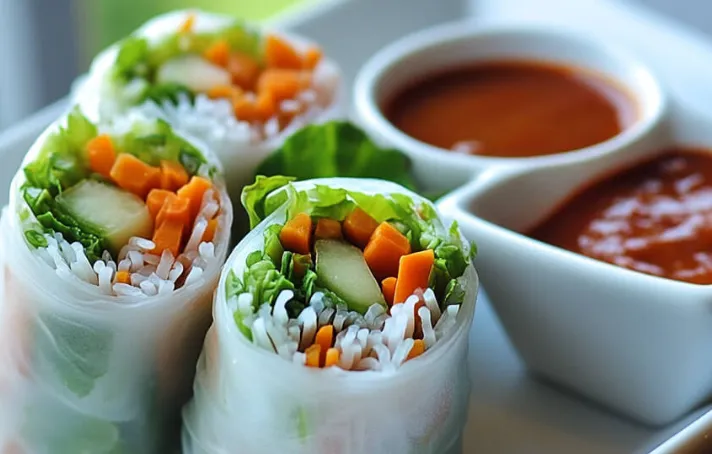
Frequently Asked Questions
Can I make vegetable spring rolls ahead of time?
Yes—assemble in advance and fry just before serving to maintain peak crispness.
Can I bake instead of fry?
Definitely. Bake at 400°F (200°C) for around 20 minutes, flipping once for even crispness.
How should leftovers be stored?
Refrigerate in an airtight container for up to two days. Reheat in the oven for best results.
Can vegetable spring rolls be frozen?
Yes! Freeze uncooked rolls, then fry or bake directly from frozen.
What vegetables work best?
Cabbage, carrots, peppers, and bean sprouts are traditional stars, but feel free to customize creatively.
Conclusion
Vegetable Spring Rolls offer an irresistible gateway into a world where crunch meets garden-fresh flavor. Their flexibility caters to every craving—from traditionalists to bold experimenters. Whether you keep them classic or create a daring new twist, these rolls promise pure joy, bite after bite. So roll up your sleeves, and let your imagination run wild—after all, a kitchen is a canvas, and Vegetable Spring Rolls are a masterpiece waiting to happen.

